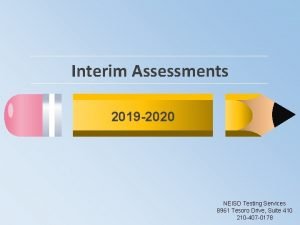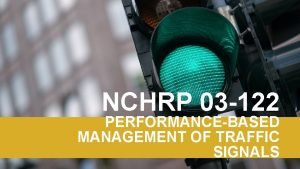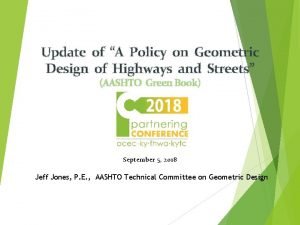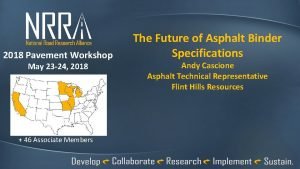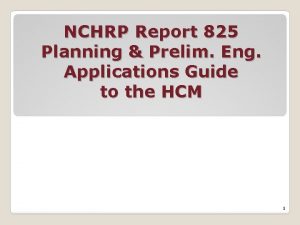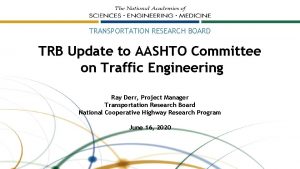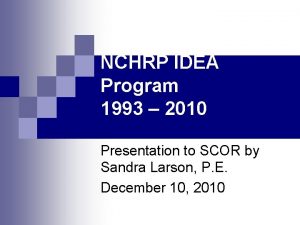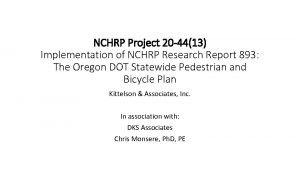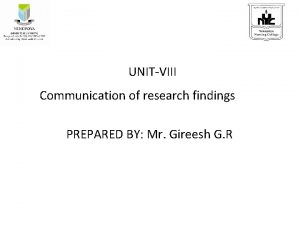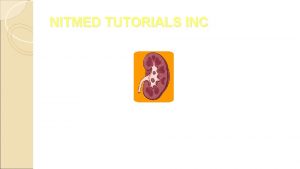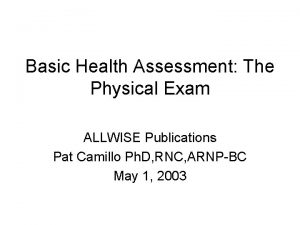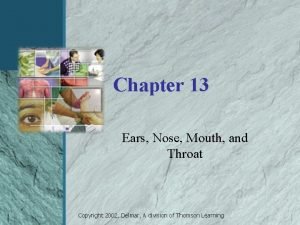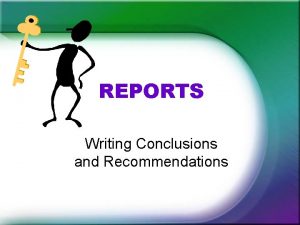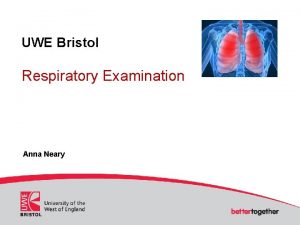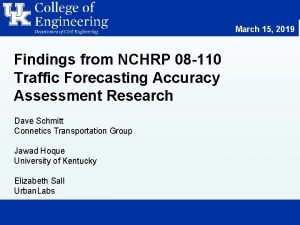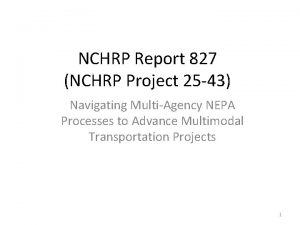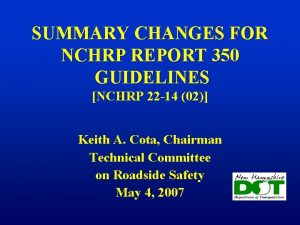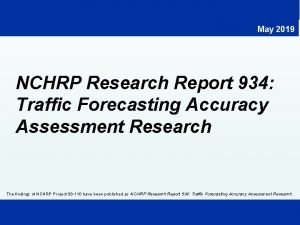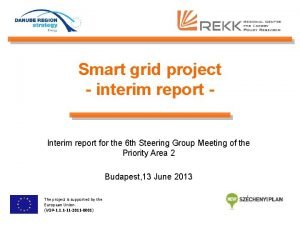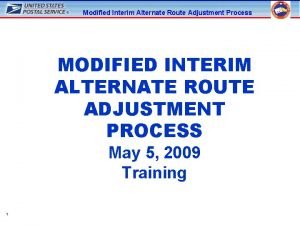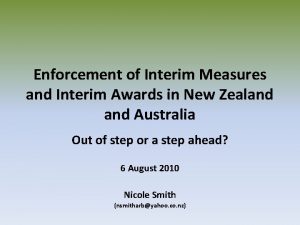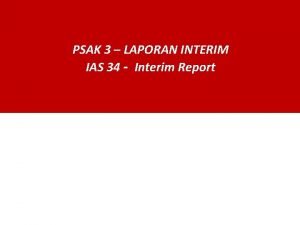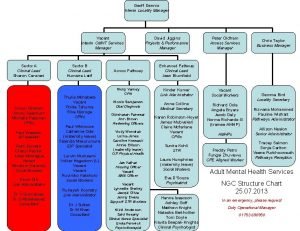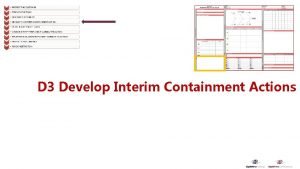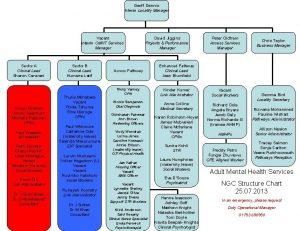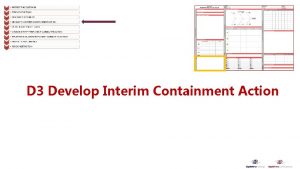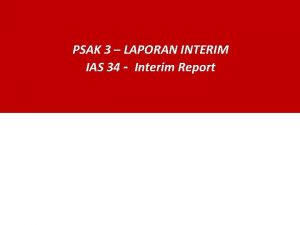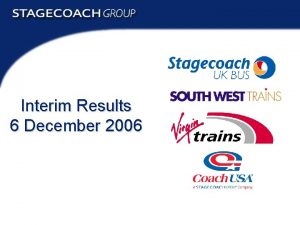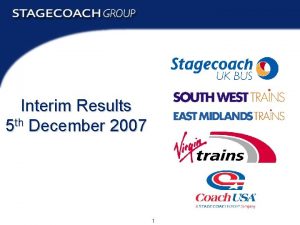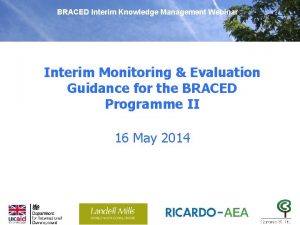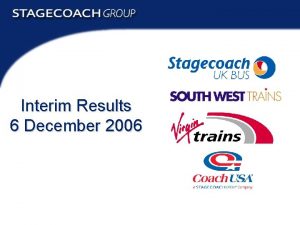March 15 2019 Interim Findings from NCHRP 08




































- Slides: 36

March 15, 2019 Interim Findings from NCHRP 08 -110 Traffic Forecasting Accuracy Assessment Research Greg Erhardt & Jawad Hoque University of Kentucky Dave Schmitt Connetics Transportation Group

“The greatest knowledge gap in US travel demand modeling is the unknown accuracy of US urban road traffic forecasts. ” Hartgen, David T. “Hubris or Humility? Accuracy Issues for the next 50 Years of Travel Demand Modeling. ” Transportation 40, no. 6 (2013): 1133– 57. 2

Project Objectives “The objective of this study is to develop a process to analyze and improve the accuracy, reliability, and utility of project-level traffic forecasts. ” -- NCHRP 08 -110 RFP • Accuracy is how well the forecast estimates project outcomes. • Reliability is the likelihood that someone repeating the forecast will get the same result. • Utility is the degree to which the forecast informs a decision. 3

Dual Approaches and Dual Outcomes Large-N Analysis Deep Dive Approach Statistical analysis of a large sample of projects. Detailed evaluation of one project. Analysis Outcomes What is the distribution of forecast errors? Process Outcomes What information should be archived from a forecast? What data should be collected about actual project outcomes? What aspects of the forecasts can we identify as being inaccurate? Can we detect bias in the forecasts? If we had gotten those right, how much would it change the After adjusting for any bias, how precise are the forecasts? forecast? Which measures should be reported in future Large-N studies? Can we define a template for future Deep Dives? 4

Today’s Plan 1. 2. 3. 4. 5. Introduction Data and Archiving Large N Results Deep Dive Results Recommendations 5

2. Data and Archiving

“The lack of availability for necessary data items is a general problem and probably the biggest limitation to advances in the field. ” Nicolaisen, Morten Skou, and Patrick Arthur Driscoll. “Ex-Post Evaluations of Demand Forecast Accuracy: A Literature Review. ” Transport Reviews 34, no. 4 (2014): 540– 57. 7

Forecast Accuracy Database 6 states: FL, MA, MI, MN, OH, WI + 4 European nations: DK, NO, SE, UK Total: 2, 300 projects, 16, 000 segments Open with Counts: 1, 300 projects, 3, 900 segments 8

Archive & Information System Desired features: • Stable, long-term archiving • Ability to add reports or model files • Enable multiple users and data sharing • Private/local option • Mainstream and low-cost software Standard data fields! 9

forecastcards https: //github. com/e-lo/forecastcards 10

forecastcarddata https: //github. com/gregerhardt/forecastcarddata 11

3. Large N Analysis

Large N Analysis About the Methodology • 13

Overall Distribution Segment Distribution Project Distribution Mean = 0. 6% Median = -5. 5% Std Dev = 42% Count = 3912 MAPE = 25% Mean = -5. 7% Median = -5. 5% Std Dev = 25% Count = 1291 MAPE = 17% 14

Estimating Uncertainty Actual ADT Draw lines so 95% of dots are between the lines Forecast ADT 15

Estimating Uncertainty To draw a line through the middle of the cloud, we use regression. To draw a line along the edge of the cloud, we use quantile regression. It’s the same thing, but for a specific percentile instead of the mean. 16

Quantile Regression Output 17

Large N Results • 95% of forecasts reviewed are “accurate to within half of a lane. ” • Traffic forecasts show a modest bias, with actual ADT about 6% lower than forecast ADT. • Traffic forecasts had a mean absolute percent error of 25% at the segment level and 17% at the project level. 18

Large N Results Traffic forecasts are more accurate for: • Higher volume roads • Higher functional classes • Shorter time horizons • Travel models over traffic count trends • Opening years with unemployment rates close to the forecast year • More recent opening & forecast years 19

4. Deep Dive Results

Deep Dives Projects selected for Deep Dives • Eastown Road Extension Project, Lima, Ohio • Indian River Street Bridge Project, Palm City, Florida • Central Artery Tunnel, Boston, Massachusetts • Cynthiana Bypass, Cynthiana, Kentucky • South Bay Expressway, San Diego, California • US-41 (later renamed I-41), Brown County, Wisconsin 21

Deep Dive Methodology • Collect data: – Public Documents – Project Specific Documents – Model Runs • Investigate sources of errors as cited in previous research: – Employment, Population projections etc. • Adjust forecasts by elasticity analysis • Run the model with updated information 22

Step 1: Document forecast & actual volumes by segment 23

Step 2: Document forecast & actual values of inputs 24

Step 3: Re-run models with corrected inputs or use elasticities to adjust 25

Deep Dives • Eastown Road Expansion Project – Employment, population, car ownership, fuel price, travel time are the identified sources of error. – Correcting input errors improved forecasts significantly. • Indian River Bridge Project – Base year validation was reasonable, but still an error of 60% – Very slight improvement after accounting for input errors (employment, population and fuel price) 26

Deep Dives • Central Artery/Tunnel Project – Accurate forecasts for a massive project with a long horizon, originally off by only 4% on existing links and 16% on new links. – Slight improvement in accuracy after correcting for input errors (employment, population and fuel price) • Cynthiana Bypass Project – External traffic projections (43% lower than forecast) major contributing factor – Correcting for external traffic projections reduced error significantly 27

Deep Dives • Southbay Expressway Project (toll road) – Contributing factors identified as recession just after opening, decrease in border crossing traffic and increase in toll. • Interstate 41 Project – Accuracy improved after correcting exogenous population forecast. – Relative lack of forecast documentation and unavailability of archived model 28

Deep Dives General Conclusions • The reasons forecast inaccuracy are diverse. • Employment, population and fuel price forecasts often contribute to forecast inaccuracy. • External traffic and travel speed assumptions also affect traffic forecasts. • Better archiving of models, better forecast documentation, and better validation are needed. 29

5. Recommendations

1. When forecasting • Use a travel model when accuracy is a concern, but don’t discount professional judgment. • Pay attention to the key travel markets associated with the project. We hope future research will add to this list 31

2. Use QR models to get uncertainty windows • If the project were at the low/high end of the forecast range, would it change the decision? – No Proceed – Yes Consider if you’re ok with that risk 32

3. Archive your forecasts 1. Bronze: Record basic forecast information in a database 2. Silver: Bronze + document forecast in a semistandardized report 3. Gold: Silver + make the forecast reproducible Don’t forget data on actual outcomes. 33

4. Use the data to improve your model • Evaluate past forecasts to learn about weaknesses of existing model – Identify needed improvements • Test the ability of the new model to predict those project-level changes – Do the improvements help? • Estimate local quantile regression models – Is my range narrower than my peer’s? We build models to predict change. We should evaluate them on their ability to do so. 34

Why? 1. Giving a range more likely to be “right” 2. Archiving forecasts and data Provides evidence for effectiveness of tools used 3. Data to improve models Testing predictions is the foundation of science Together, the goal is not only to improve forecasts, but to build credibility. 35

Questions & Discussion
 Anthem of poland
Anthem of poland Interim assessment tea
Interim assessment tea Grihalakshmi magazine march 2019
Grihalakshmi magazine march 2019 Kaggle march madness
Kaggle march madness Nchrp
Nchrp Nchrp 659
Nchrp 659 Nchrp 23-24
Nchrp 23-24 Nhcpr app
Nhcpr app Nchrp 08-139
Nchrp 08-139 Nchrp idea
Nchrp idea Nchrp 20-44
Nchrp 20-44 Communication of research finding
Communication of research finding What do the findings of roper's experiment suggest?
What do the findings of roper's experiment suggest? Megaloblastic anaemia definition
Megaloblastic anaemia definition Today's findings
Today's findings Lamb to the slaughter questions
Lamb to the slaughter questions Conncets
Conncets Students diversity in motivation ppt
Students diversity in motivation ppt Target sign
Target sign Chapter 10 qualitative research designs
Chapter 10 qualitative research designs Pathophysiology of aplastic anemia
Pathophysiology of aplastic anemia Chapter 4 findings and discussion
Chapter 4 findings and discussion Acute interstitial nephritis urine findings
Acute interstitial nephritis urine findings Vocal fremitus vs tactile fremitus
Vocal fremitus vs tactile fremitus Myelofibrosis lab findings
Myelofibrosis lab findings Focused gi assessment
Focused gi assessment Normal percussion of abdomen
Normal percussion of abdomen Pv miub
Pv miub Nose assessment normal findings
Nose assessment normal findings Schilling
Schilling Example of conclusion and recommendation in report
Example of conclusion and recommendation in report Site:slidetodoc.com
Site:slidetodoc.com Role of quantitative research
Role of quantitative research Reporting research findings
Reporting research findings Drdp summary of findings
Drdp summary of findings Tactile fremitus test
Tactile fremitus test Folate deficiency symptoms
Folate deficiency symptoms

